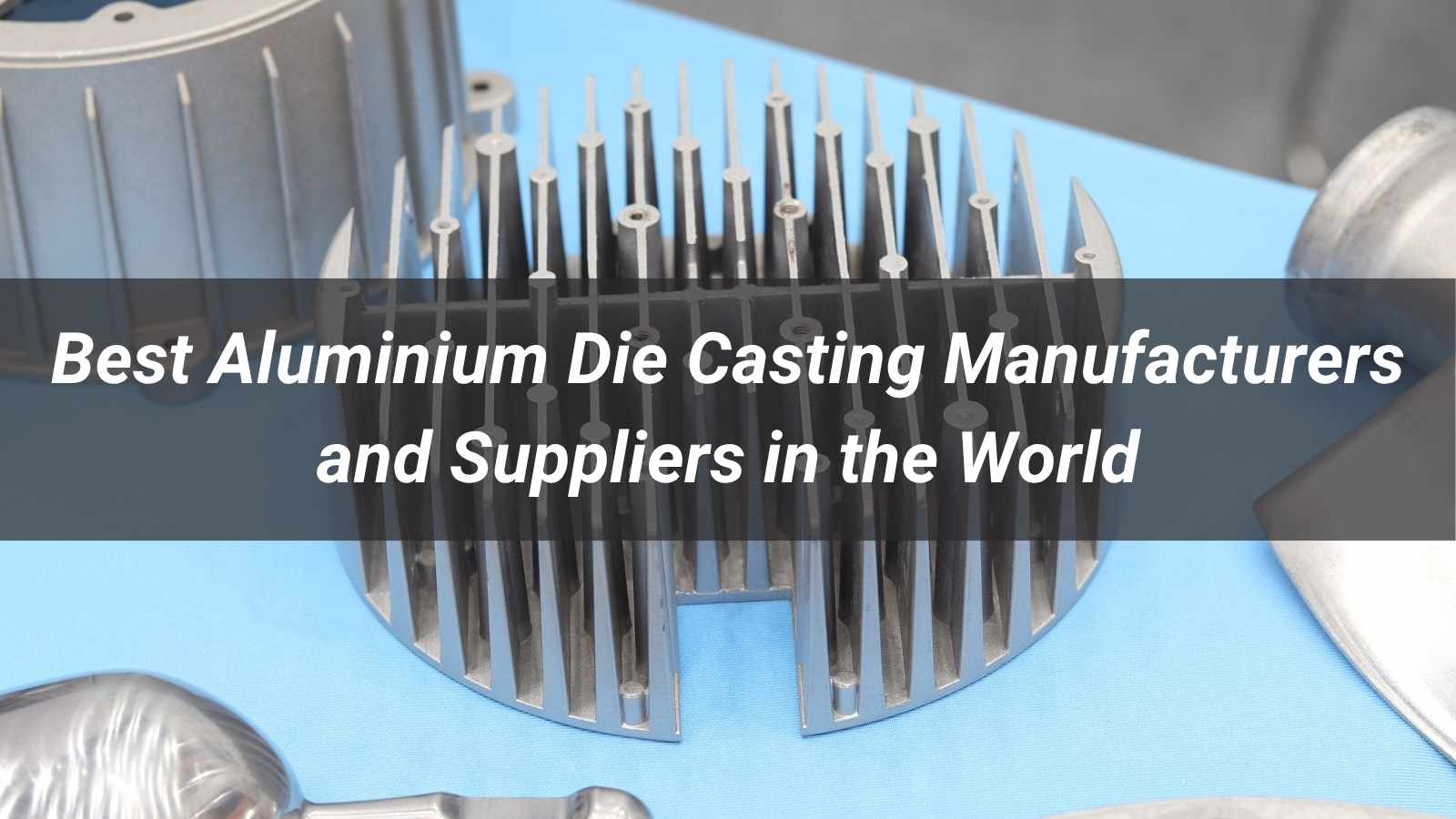From the car you drive to the smartphone in your pocket, die cast components play a vital role in countless products we use daily. This versatile manufacturing process delivers the perfect combination of strength, precision and cost-efficiency for mass-produced metal parts. Let's explore the diverse applications of die casting across industries.
The automotive sector accounts for over 50% of all die cast parts produced globally. Manufacturers rely on die casting for:
Engine Components - Cylinder heads, engine blocks, and pistons benefit from die casting's heat dissipation properties
Transmission Systems - Gearbox housings and clutch parts require the dimensional stability die casting provides
Structural Parts - Door frames, steering columns, and suspension components use die cast aluminum for lightweight strength
Electric Vehicles - Battery housings and motor components increasingly utilize die cast magnesium for its excellent strength-to-weight ratio
As devices get smaller but more powerful, die casting enables sophisticated thermal and structural solutions:
Laptop/Tablet Frames - Magnesium die casting creates ultra-thin yet rigid chassis structures
Heat Sinks - Complex fin designs maximize surface area for efficient cooling
Connector Housings - Precision zinc die castings ensure perfect fit for high-speed data transmission
5G Infrastructure - Antenna housings and base station components benefit from die casting's RF shielding properties
Die casting enhances durability and functionality in products we use daily:
Power Tools - Lightweight magnesium housings reduce user fatigue without sacrificing durability
Appliances - Precision zinc components in washing machines, refrigerators and microwaves
Plumbing Fixtures - Corrosion-resistant faucet bodies and valve components
Outdoor Equipment - Weather-resistant aluminum components for grills and patio furniture
In healthcare applications, die casting delivers:
Diagnostic Equipment - Stable aluminum frames for sensitive imaging machines
Surgical Instruments - Sterilizable components with intricate geometries
Prosthetic Devices - Lightweight structural elements with excellent biocompatibility
Medical Housings - Durable enclosures for portable medical devices
New technologies continue to expand die casting's potential:
Aerospace - Lightweight structural components for aircraft and satellites
Renewable Energy - Wind turbine components and solar panel frames
Robotics - Precision actuator housings and joint components
IoT Devices - Durable enclosures for smart home and industrial sensors
Across all these industries, die casting is preferred because it:
Produces near-net-shape parts requiring minimal machining
Maintains tight tolerances even in complex geometries
Offers excellent surface finishes right out of the mold
Provides superior strength-to-weight ratios
Enables high-volume production with consistent quality
When considering die casting for your application:
Evaluate production volume requirements
Consider material properties needed (strength, weight, conductivity)
Analyze part complexity and tolerance requirements
Compare total cost including tooling and finishing
For help selecting the optimal die casting approach for your specific application, contact our engineering team for a consultation.
As materials science advances and Industry 4.0 technologies mature, die casting will continue expanding into new applications. The combination of design flexibility, material properties and manufacturing efficiency ensures die casting will remain a cornerstone of modern manufacturing for years to come.
_1750303900_WNo_1600d900.webp)








